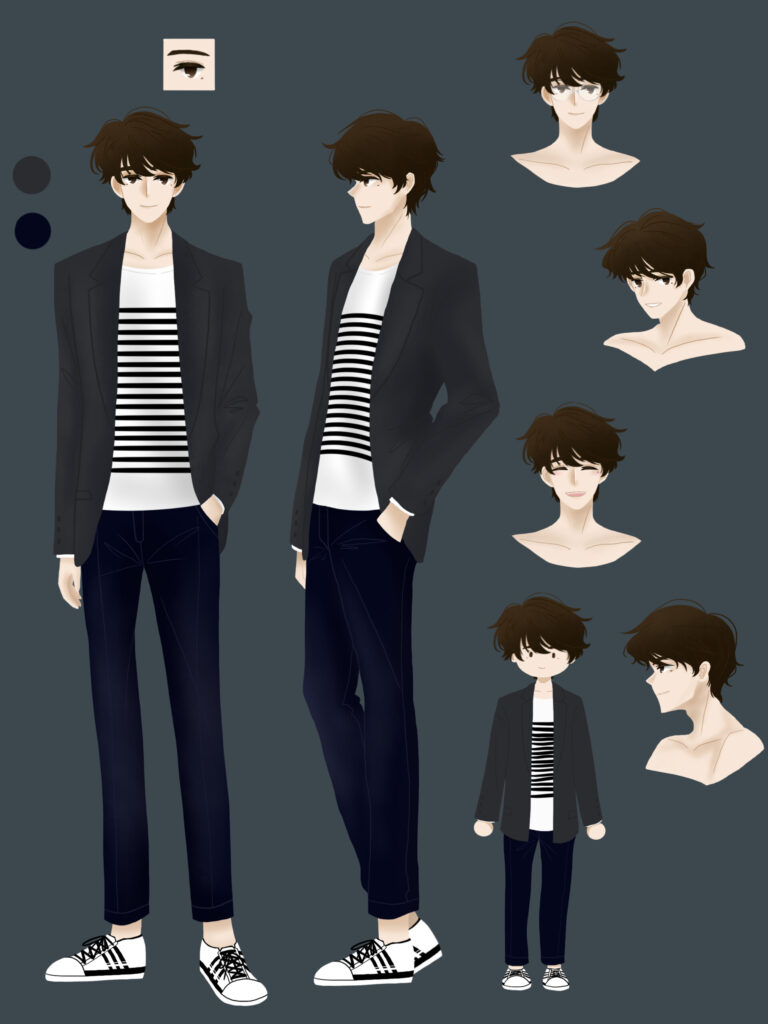Pixels to Panels with the Digital Renaissance of Webtoon Art
In the ever-evolving landscape of digital art, a new renaissance is underway, fueled by the rise of webtoons. These digital comics, optimized for online consumption, have sparked a revolution in storytelling and artistry, ushering in an era where pixels transform into panels with captivating narratives and stunning visuals. Webtoons, born from the marriage of traditional comic art and digital technology, have democratized the creation and consumption of comics, offering a platform where artists can showcase their talents and connect with a global audience like never before. At the heart of this digital renaissance is the accessibility and convenience afforded by webtoons. Unlike their printed counterparts, which often require physical distribution and incur production costs, webtoons can be accessed instantly from any device with an internet connection. This accessibility has not only expanded the reach of comics but has also attracted a diverse array of creators, from seasoned professionals to aspiring amateurs, who can now share their stories with the world with relative ease. As a result, webtoons have become a melting pot of artistic styles and storytelling techniques, enriching the medium with fresh perspectives and voices.

Central to the allure of 툰코 is their dynamic format, optimized for the scrolling nature of digital screens. Unlike traditional comics, which are constrained by physical page dimensions, webtoons offer a seamless reading experience, where panels flow effortlessly from one to the next with a simple swipe or tap. This fluidity enables artists to experiment with unconventional layouts and pacing, breaking free from the traditional constraints of the medium and immersing readers in immersive and engaging narratives. From scrolling panoramas that unfold like cinematic sequences to vertical compositions that heighten suspense and drama, webtoons leverage the digital canvas to push the boundaries of visual storytelling in exciting new directions. Moreover, the digital nature of webtoons opens up a world of possibilities for artistic expression and experimentation. Freed from the limitations of traditional art supplies, artists can harness the power of digital tools to create intricate and visually stunning compositions, from vibrant character designs to breathtaking backgrounds.
Digital techniques such as layering, shading, and special effects further enhance the visual appeal of webtoons, imbuing them with a level of polish and professionalism that rivals their print counterparts. Additionally, webtoon platforms often provide built-in tools and features that streamline the creation process, allowing artists to focus on their craft without the distractions of technical hurdles or distribution logistics. Beyond their artistic merits, webtoons have also emerged as a lucrative medium for creators, offering new opportunities for monetization and exposure. With millions of readers worldwide, popular webtoon series can attract sponsorships, merchandise deals, and even adaptations into other media such as animation or live-action films. This commercial success not only rewards artists for their creativity but also incentivizes innovation and excellence, driving the evolution of the medium forward. In conclusion, the digital renaissance of webtoon art represents a paradigm shift in the world of comics, where pixels are transformed into panels brimming with creativity and imagination. Through their accessibility, dynamic format, and digital versatility, webtoons have revolutionized the way stories are told and art is experienced, ushering in a new era of innovation and possibility for creators and readers alike.
